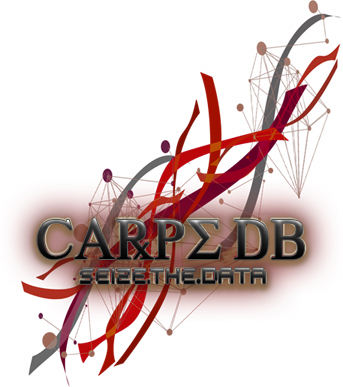
INTRODUCTION: Angelman Syndrome (AS) is a neurodevelopmental disorder characterized by mental retardation, dysmorphic features, ataxia, seizures and behavioral problems. Angelman syndrome is caused by maternal deficiency of UBE3A (E6-associated protein ubiquitin-protein ligase gene), located in an imprinted region on chromosome 15q11-q13. Interstitial deletions of the 15q11-q13 region account for approximately 70% of the AS patients. These deletions are usually detected by fluorescence in situ hybridization (FISH) studies. The deletions can also be sub-classified based on their size into Class I and Class II with the former being larger. METHODS: We have studied 22 patients with AS due to microdeletions using a chromosome 15-specific microarray-based comparative genomic hybridization (array-CGH) assay to define the deletions and analyzed their phenotypic severity, especially expression of the autism phenotype, in order to establish clinical correlations. RESULTS: Overall, children with larger, Class I deletions were significantly more likely to meet criteria for autism, had lower cognitive scores, and lower expressive language scores as compared to children with smaller, Class II deletions. Children with Class I deletions also required more medications to control their seizures in comparison to the Class II group. CONCLUSIONS: Our array-CGH based analysis of the deletion type in AS helped accurately define the nature and size of the deletions in these patients. AS individuals with larger Class I deletions appear to have a more severe phenotype associated with a co-morbid diagnosis of autism, lower developmental scores, lower verbal skills, and they are more likely to require a larger number of medications for seizure control.
[Submit New Annotation]